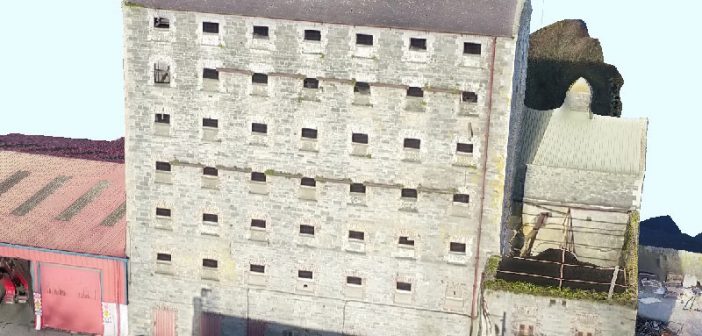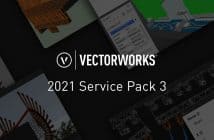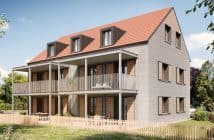Founded in 1999 Coastway Surveys are experts in land surveying and geospatial engineering. Coastway are at the forefront of a technological revolution in the surveying industry, being one of the first companies in Ireland to use the laser scanner on a daily basis and traversing the sky with drone technology.
Technological innovation with laser scanning and drones
Keeping up with emerging technology can be difficult for any business. Surveying is no different. While the basic principles of surveying remain the same the equipment used to collect data has improved at an alarming rate. Over the last decade laser scanning technology has gone from an elite data collection tool to just another tool in a survey company’s arsenal. Prices have dropped and the speed and quality of data capture have improved.
Drones have become the newest method of data collection for the modern survey company. From the fixed-wing aircraft launched by hand to the multi-rotor copters the survey companies resemble intelligence agencies using stealth technologies to capture data from the skies above, his improvement on existing technology brings together several traditional processes and merges them into one easily usable dataset by combining aerial imagery with ground-based Lidar data to create highly detailed 3D models.
While most clients still want 2D paper maps Coastway are working to educate their clients on the benefits and potential uses for these enriched datasets.
Coastway’s Work: Efficient data collection and value for money
Speaking to Irish building about Coastway’s projects, Jeff Hott said “Coastway’s drones were used to survey large-scale projects Aughinish Alumina Plant and Inishark Island. Lately, we combined the use of drones and terrestrial laser scanning technology on Trinity Business School redevelopment and solar and energy farms for multi-national companies. There is a big demand for drones. Over 33% of our clients are asking for drone services and this demand will increase further in the coming years as companies are becoming aware of the valuable use of drones in data capture.”
Using the fixed-wing UAV, data can be captured over a large area in a very short time frame. Savings in field work can be as high as 75%. Processing the flight data can be set to run overnight with the results ready for review early the following day.
The data from the fixed-wing can be provided as surface models, ortho-rectified imagery and point clouds which can be used for the creation of 3D contour plans. Thermal, infrared, multispectral cameras have been used to carry out studies such as invasive plant species monitoring, seasonal flooding, coastal erosion, and heat loss in our cities.
The multi-rotor drones are used for the inspection and data collection of smaller scale objects which are inaccessible or have restricted unsafe access. Primarily the data from these surveys has high-resolution images and video. The R&D team can take this data and convert it into 3D models. These models can be provided to the client in multiple formats which will not only allow them to view the area of interest in high-resolution but also allows for the interrogation of the data. Roof surveys can be carried out in minutes without the need to send a team to possible unsafe areas while still achieving high-quality data capture.
Back on land, terrestrial laser scanning is used to capture the high-resolution detail of structures, objects and areas quickly. Jeff said, “In most cases, field work time can be halved and the surveyor can extract features from the area of interest in the comfort of the office thus saving time and money for the client. The results of the laser scan process range from a registered point cloud to a full 3D model.”
Coastway can provide a combination of the three different datasets providing clients with a high-resolution dataset consisting of imagery, point cloud data and models in a 3D world by means of interactive software. This approach has enabled clients to view three-dimensional models of their assets, assets which include potential energy farms, landscapes, urban development, infrastructure and coastlines. The implementation of this methodology is the reason Coastway Surveys have been asked to be a part of research commissioned by the European Commission to visit sites to help preserve them in digital format for World Heritage.
For more information on services contact Jeff Hott, Laser Scanning and Survey Manager




